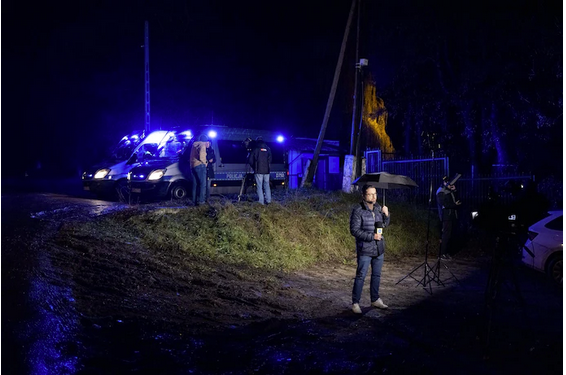How an anonymous source raised false alarm of Russian strike on Poland
< < Go Back
A flawed report was cited about the explosion now believed to have been caused by an errant Ukrainian missile.
The Associated Press sent a terrifying news alert around the world on Tuesday.
“A senior U.S. intelligence official says Russian missiles crossed into NATO member Poland, killing two people,” the AP wrote shortly before 2 p.m. The news agency noted the Polish government had not confirmed the information but that “top leaders were holding an emergency meeting due to a ‘crisis situation.’”
This seemingly dire development of Russian missiles striking a member nation of an American-supported international military alliance was sent to and seen by thousands of news outlets. Some, such as Reuters, repeated it, citing the AP alert.
But one day later, the original AP story has been taken offline and replaced with a correction note. The anonymous source was wrong and “subsequent reporting showed that the missiles were Russian-made and most likely fired by Ukraine in defense against a Russian attack,” it read.
By that point, NATO Secretary General Jens Stoltenberg had already told reporters as much.
News organizations can and do make mistakes: a misspelled name, a misidentified suspect, sometime even a retracted story. But rarely is flawed reporting a cause for international panic. And the AP was not alone. Its initial report was followed by a day of hype and hand-wringing across media platforms.
More From The Washington Post (subscription required):




